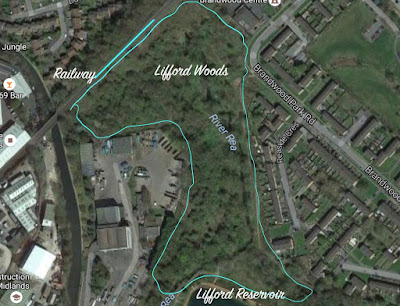Talking of Bulls
 |
| A Welsh Black (a statue) on the road between Rhayader and Llandiloes |
This perhaps should be the model for Birmingham's iconic Bull.
Its stature is impressive, its pedigree renowned and its contribution to industrial heritage should be highlighted in any discourse related to Birmingham's historic meat markets.
 |
| Bulls Head pub, Kings Norton |
 |
| Bulls Head pub, Moseley |
Likewise in Birmingham, it's the Welsh Black that is often depicted, as seen on pub signs in Kings Norton and Moseley.
It is claimed that the Welsh black is one of the oldest breeds in the UK, bred for its resilience to the climate of the Welsh hillsides, as much as for its milk or meat.
On a recent visit to Llanidloes in mid Wales, and following a few drinks with the locals at the Crown and Anchor, the topic of conversation turned to The Welsh Black Ox, and with some enthusiasm it turned out.
 |
| Llanidloes |
It is perhaps little wonder that pub names, such as The Bulls Head, The Bull, The Bull and Bladder, The Black Bull and The Black Ox are frequently found around Britain, for the bull was one of the earliest forms of currency, with the Black Ox bank being one of the first money banking institutions.
According to one source, there are currently over 100 pubs bearing the name 'Bulls Head' in England, most of them in the Midlands counties, and of course, many more have been lost over the past 100 years. For me, a local lost Bulls Head Inn at Overend, Cradley closed in the 1980's.
Bravado
I remember several places in which "Beware of The Bull" signs were displayed, often I suspect to deter walkers from entering the field. But it was perhaps well to heed these signs, and I recall lone standing, moody-looking beasts, seemingly scowling and tempting the trespasser to take a chance 'if you dare'. Lads might goad each other, 'chicken' one might torment another, in an attempt to dare-a-dash across the sentinel's lair. Accompanying stories of ferocious bulls, goring or trampling to death unsuspecting devilish fools, ensured we, certainly I, never attempted the 'bull run'.
The practice of bull running was carried out in England until it was made illegal in the 1830's, yet the excitement of an escaped cow on way to the abattoir is perhaps remembered by those once living nearby. In Colley Gate, Cradley, during the 60's there were frequent escapades, and as the word went around many of us would dash out, hoping to see a crazed bovine charging about the streets. It was of course, a sad sight.
The practice of 'running the bull' still goes on today in Pamplona, Spain, with 16 goring fatalities occurring since 1910, along with many hundreds of injuries.
 |
| Monument in Pamplona |
 |
| The symbol of the bull can be found throughout Spain, and the Osborne Bull is now iconic as the unofficial Spanish emblem. https://en.wikipedia.org/wiki/Osborne_bull |



Comments
Post a Comment